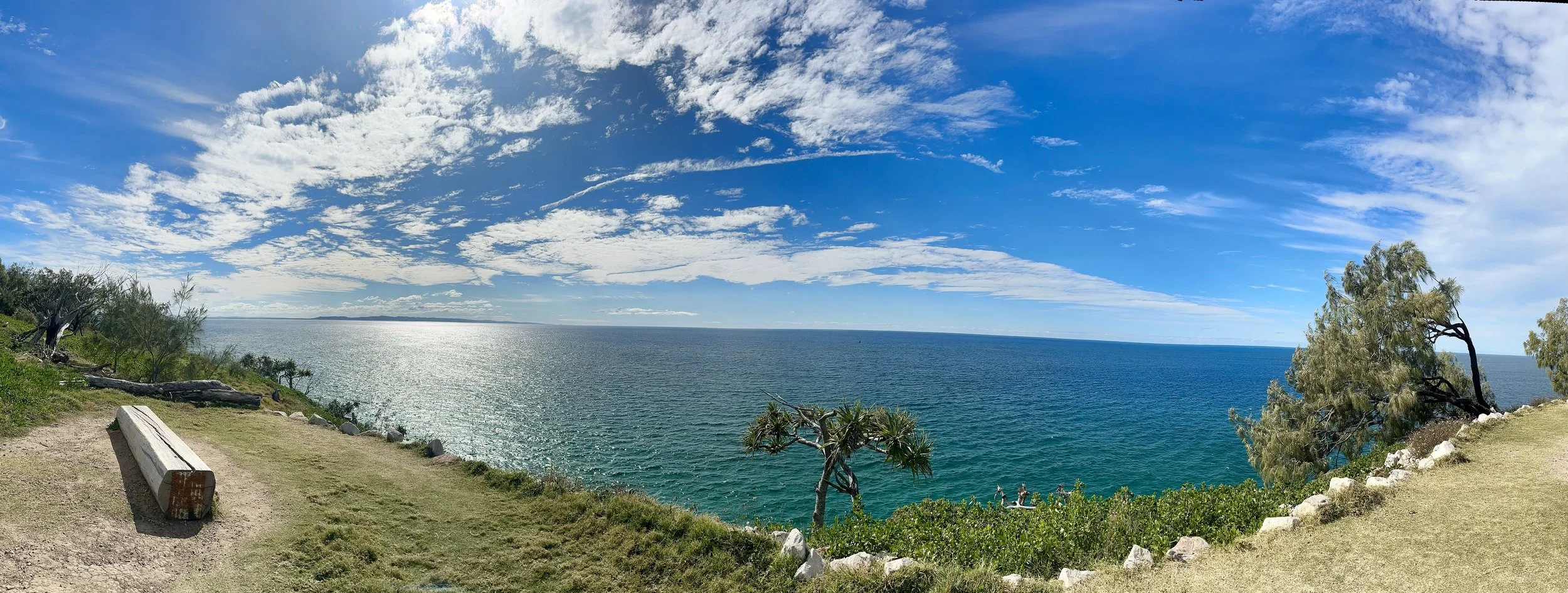Why Executive Education needs to land on Mars
/This week, the US space agency NASA awarded Elon Musk’s venture SpaceX a contract to provide the rocket, manned vehicle and technology to return humanity to the Moon. In the past twelve months, while most of the world has been distracted, disrupted and variously devastated by the impact of a Corona virus, SpaceX has now launched some 1,433 satellites (part his ‘Starlink’ array to beam broadband quality internet to the whole world) into low-earth orbit, and successfully launched two manned space missions to the International Space Station (ISS).
Marking the arrival of Crew-2 at the ISS, Musk quickly noted the past year’s achievements and then reaffirmed his vision for SpaceX to use its new reusable ‘Starship’ to establish a permanent human presence on Mars. “We don’t want to be one of those single-planet species, we want to be a multi-planet species,” he said, with less brouhaha than a proud retail executive cutting the ribbon at a new store opening.
While Musk has had ambitions on the stars, I have spent much of the past year in a small room in my home, stood in front of a green screen, blinking into key-lights and facilitating online learning for executives around the world. Like many others, I watch the headlines about international travel bans, grounded aircraft, new variants, and vaccine efficacy with the obsession of some dystopian TV soap addict. If only things could return to normal, then my profession would rebound with all the energy and determination of a rumbustious toddler after grazing his knee. I’d sniff a little and feel sorry for myself, but I would be quickly back on the roundabout and swings. And look how high I would go this time!
Such longing for a return to ‘normal’ might be our biggest problem. Is our mission in Executive Education to go back to the Moon (which NASA pulled the plug on 50 years ago), or is it to establish a permanent home on Mars? The analogy might seem ridiculous. But consider the sheer amount of effort, energy, ingenuity and skill that has been poured into a ‘simple’ pivot of switching high-quality learning experiences from face to face classrooms to virtual cohorts, joining online, or in ‘hybrid’ mode. Frankly, for those of us who have thrived on the energy, dynamic and spontaneity of engaging in-person groups for years, being remote has at times felt wearying. Yes, we have learned new disciplines from our instructional design colleagues, about crafting content management systems, asynchronous pathways, laddering up and virtual nudges, but while giving one another an electronic “thumbs up”, we have felt at times like a teenager dumped before the school disco. We still danced to the music like a good ‘un, but somehow felt hollow inside.
I have dusted myself down, encouraged, heartened and humbled by the feedback and plaudits. One, a senior executive participant, recently took the trouble to write and said, “John, what two fantastic and inspirational weeks. The range, breadth and depth of what we have just done in two weeks is staggering! Fair play to you for bringing so much energy and connectivity to us all. You worked so hard to get a feeling of community between us and you succeeded”. It seems, that at our best, despite the challenges of time-zones, the artifice of online ‘socials’ and the nagging physical and personal non-proximity of the participants, we have in our own little way continued to send up our own rockets into space and watch them splash land safely!
But in the future, will that be enough? When airports and skies and borders and corporate training budgets are available again, will the offer of “in-person” teaching be enough to bring execs back onto campuses in their thousands again? Will the offer of the learning equivalent of the ‘Moon landing’ hosted in London, Boston, Philadelphia or Lausanne (even Fontainebleau) be something that still compels busy high-calibre attendees to travel to learn? I hear over and over again that the draw of “being on Campus”, or “being able to socialise between classes”, that sharing down-time and wellness classes together, will be the things that bring attendees flooding back. You know “like we used to do things”.
Having polished our online offer so thoroughly and marketed the format with such gusto, surely we will ALSO have to raise the level of the in-person experience again, so it feels distinctive, elevated and worth the premium beyond the return to after class beers and convivial socials? Our mission ought to be to make in-person learning so much more powerful and enabling than the online experience, so that those days on Zoom become like the quill pen, the Victorian slate, the loose-leaf jotter, or the Lever Arch binder; materials and tools, consigned to the bin of educational history?
Unfortunately, that’s not going to happen. Few of us miss driving to Blockbusters to rent a film, or being restricted to only listening to the CD’s that we owned. Once the innovation genie is out of the bottle, there is no going back. Nor can we be precious and assume that learning associated with a specific place, destination, or venue will hold as much meaning anymore, or be as easy to attend without some hurdles or restrictions. We now all have instant access to learning content from all over the world and it is often free, or for a fee that makes no discernible difference to the bottom line of a Business School with a tenured Faculty, weighty pension obligations and a manicured Campus to maintain. Depending on the settings Musk decides to apply to his Starlink service, that content may also be soon freely available in the Andes, sub-Saharan Africa and at the polar extremes of the planet.
The challenge then for educators, programme designers and major learning institutions, particularly Business Schools, is profound. The default business model of survival might be to aggressively sell more seats online (without entry requirements) or partner with better-funded marketing platforms, monetising their legacy “prestigious” brand by allowing it to be ‘plastered’ to thousands and thousands of e-certificates of attendance. Perhaps some will find a route to survival through this high-volume, low-price strategy, with executive education leaders blithely adopting the example of Tata’s Nano car? In any event, Business Schools will struggle horribly against the enormous marketing spend of PE backed avaricious new entrants offering short course ‘learning shots’, ‘sprints’ and ‘mini-MBA’ courses.
If high-quality executive education is universally available at home, at a price point unimaginable to Dean’s just two years ago, then where does ‘face to face’ Executive Education go? Well, we will have to be like Musk and not be bound by the ambition of the space race executed in the 1960’s (“like it used to be”) but by a future-focused vision equivalent to the mind-boggling leap inherent in Musk’s inter-planetary ambition. We will need to stretch executive learning, exploration, discovery and transformation experiences to a new level not yet considered. Learning can be undertaken anywhere. If we can now replicate the experience of “learning in a Classroom” seamlessly online, with virtual participation in 3D rendered 4K high-definition surround sound, then what is the point of simply travelling to attend in that same physical room? Therefore, Exec Ed providers will need to develop learning propositions that make the determination of “HERE” their key differentiator - and to ensure that that destination experience offered is enthralling, deeply immersive and memory making.
I have a few ideas of what the equivalent of a Mars type destination might look like for Exec Ed, and I am sure you will have your own space mission in mind. But for now, I will leave my ideas cooling a little longer, ready to go on the launch pad.







